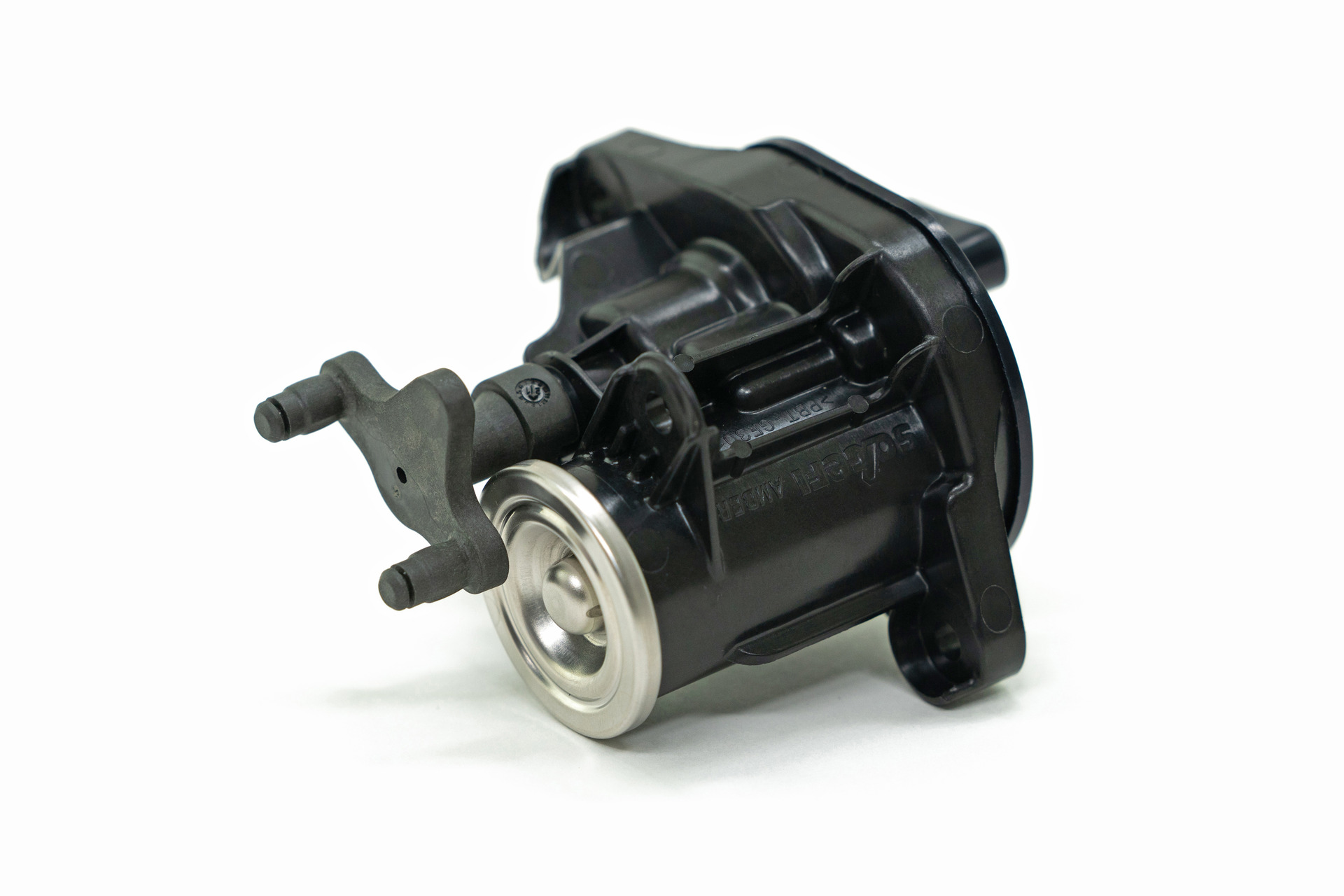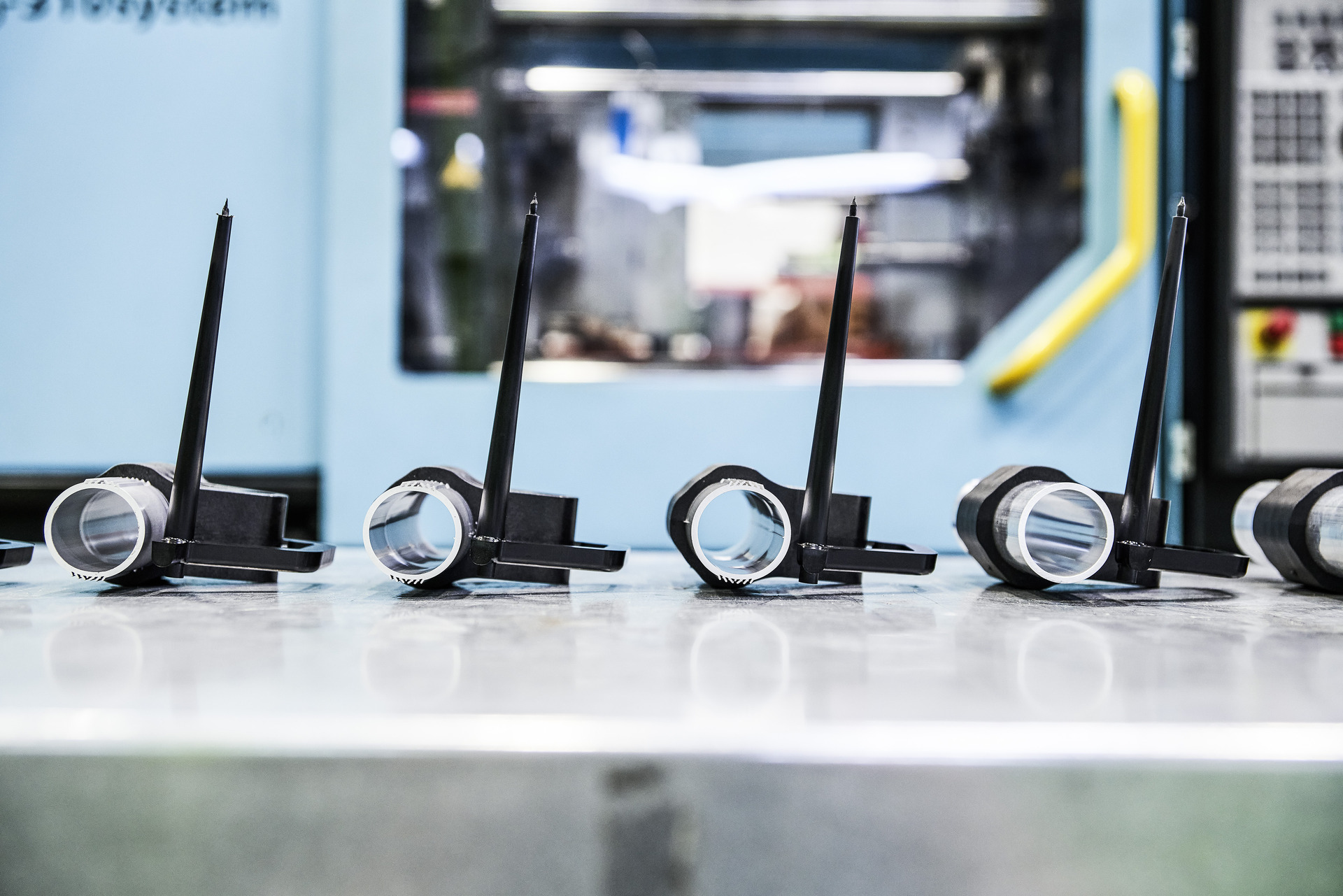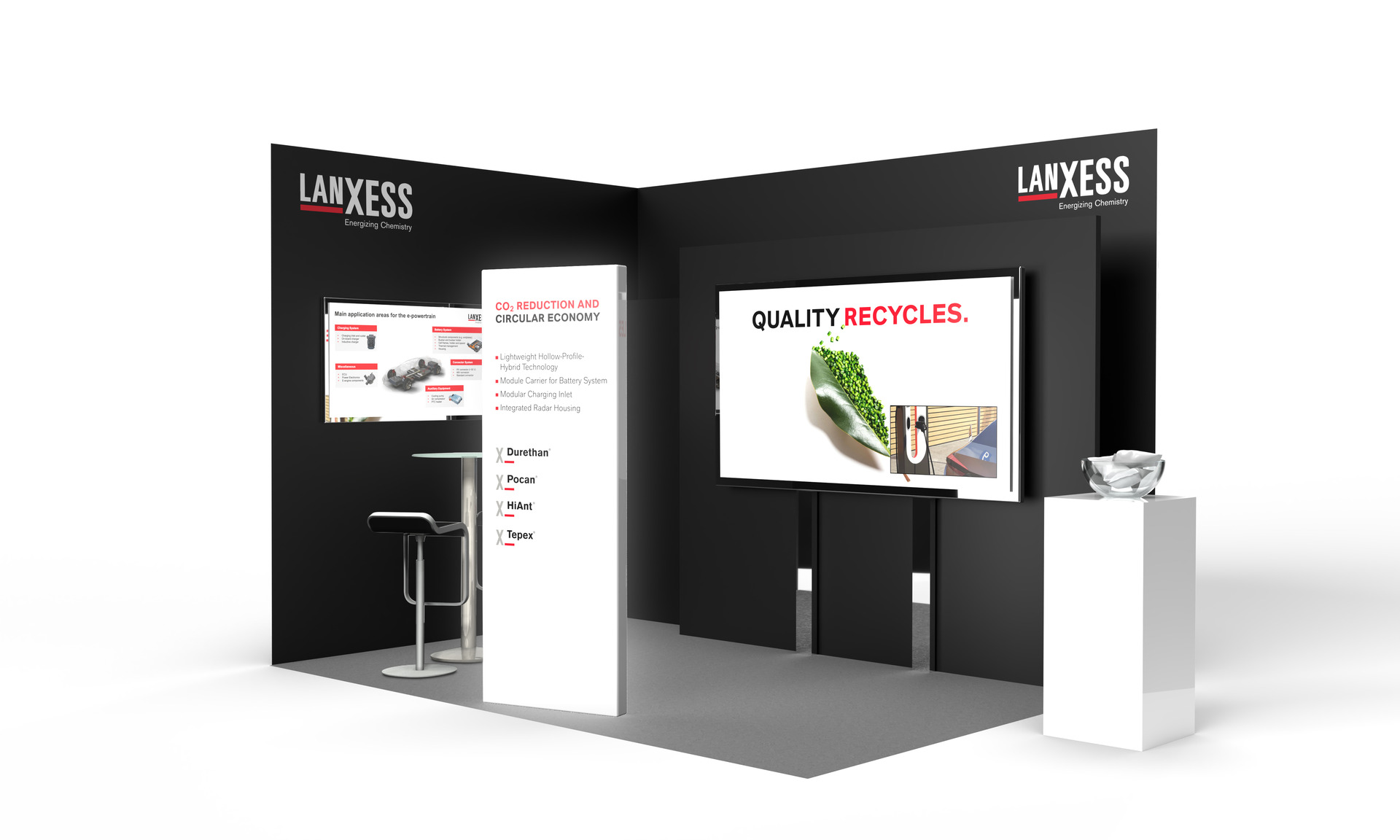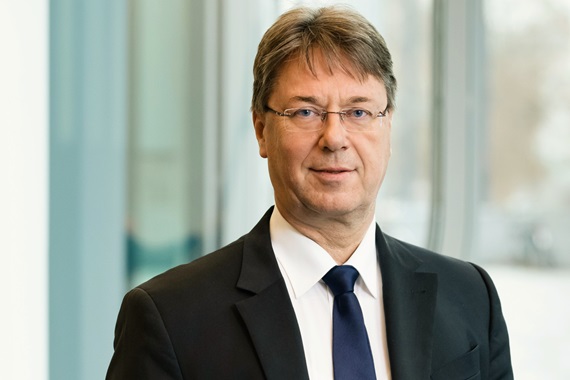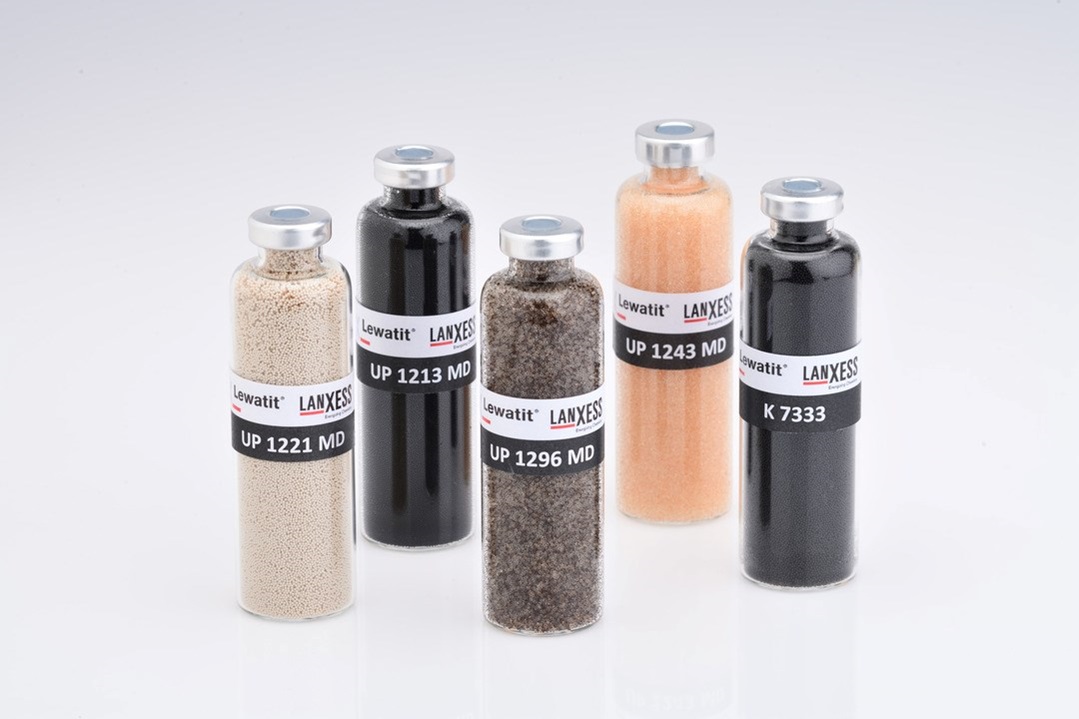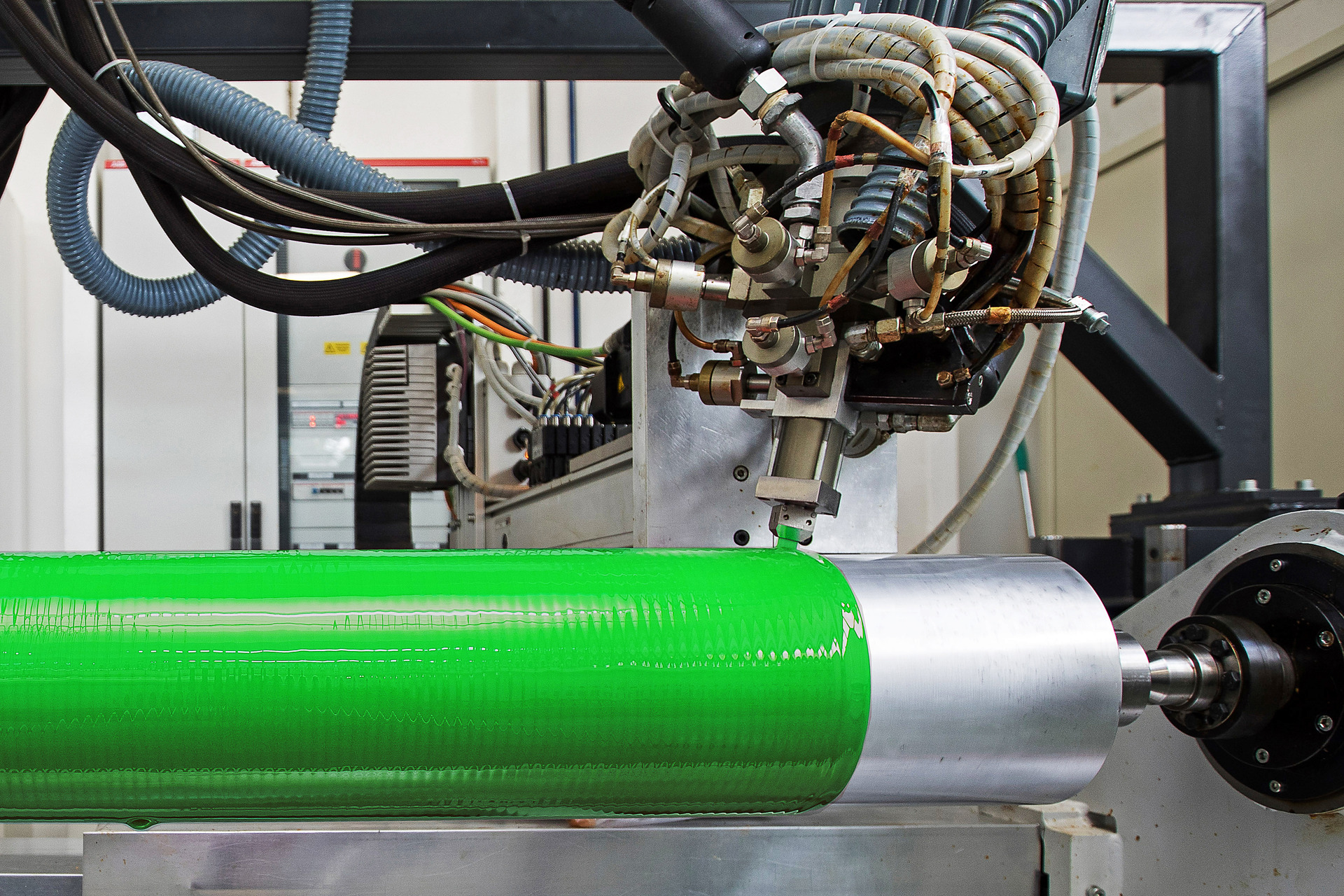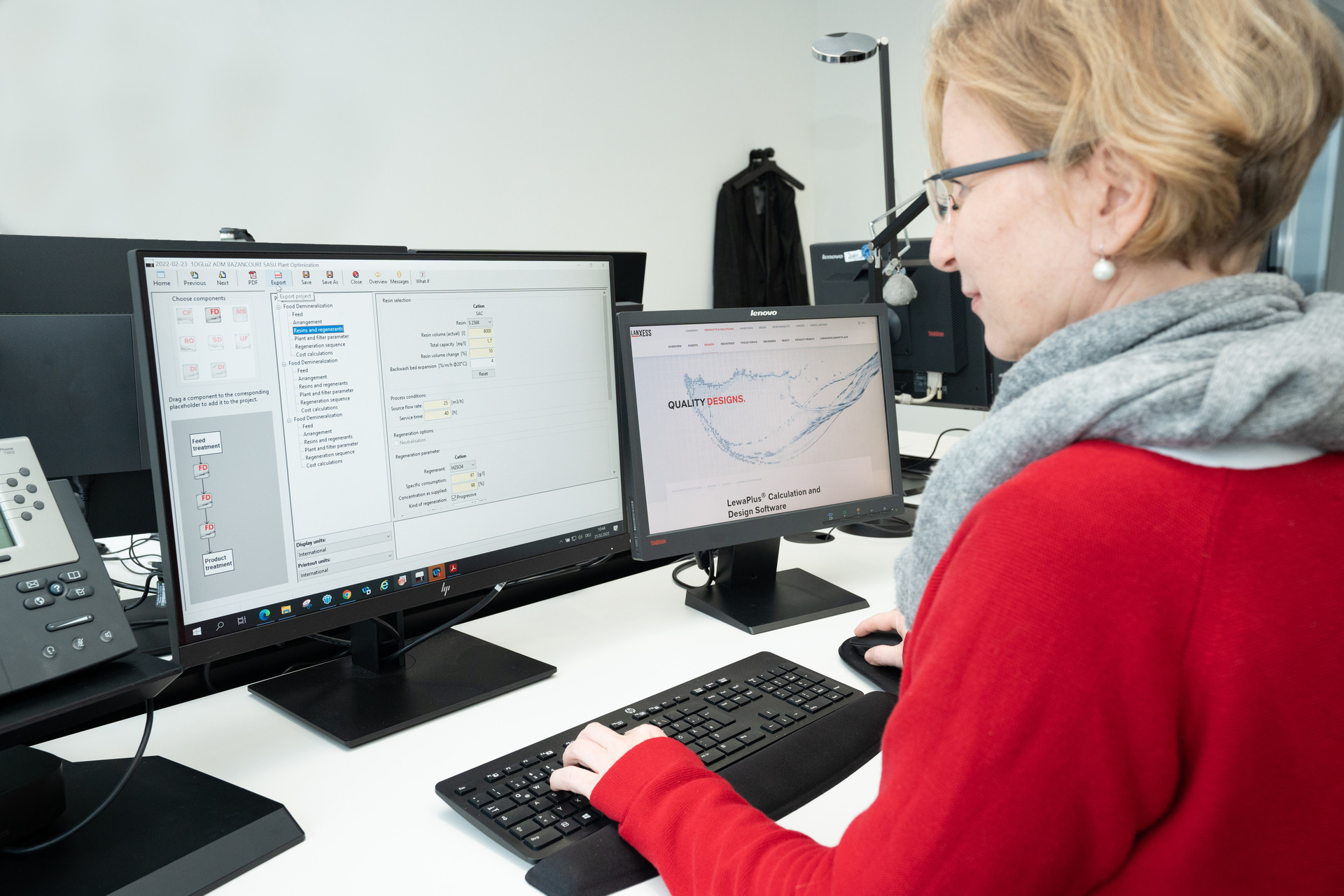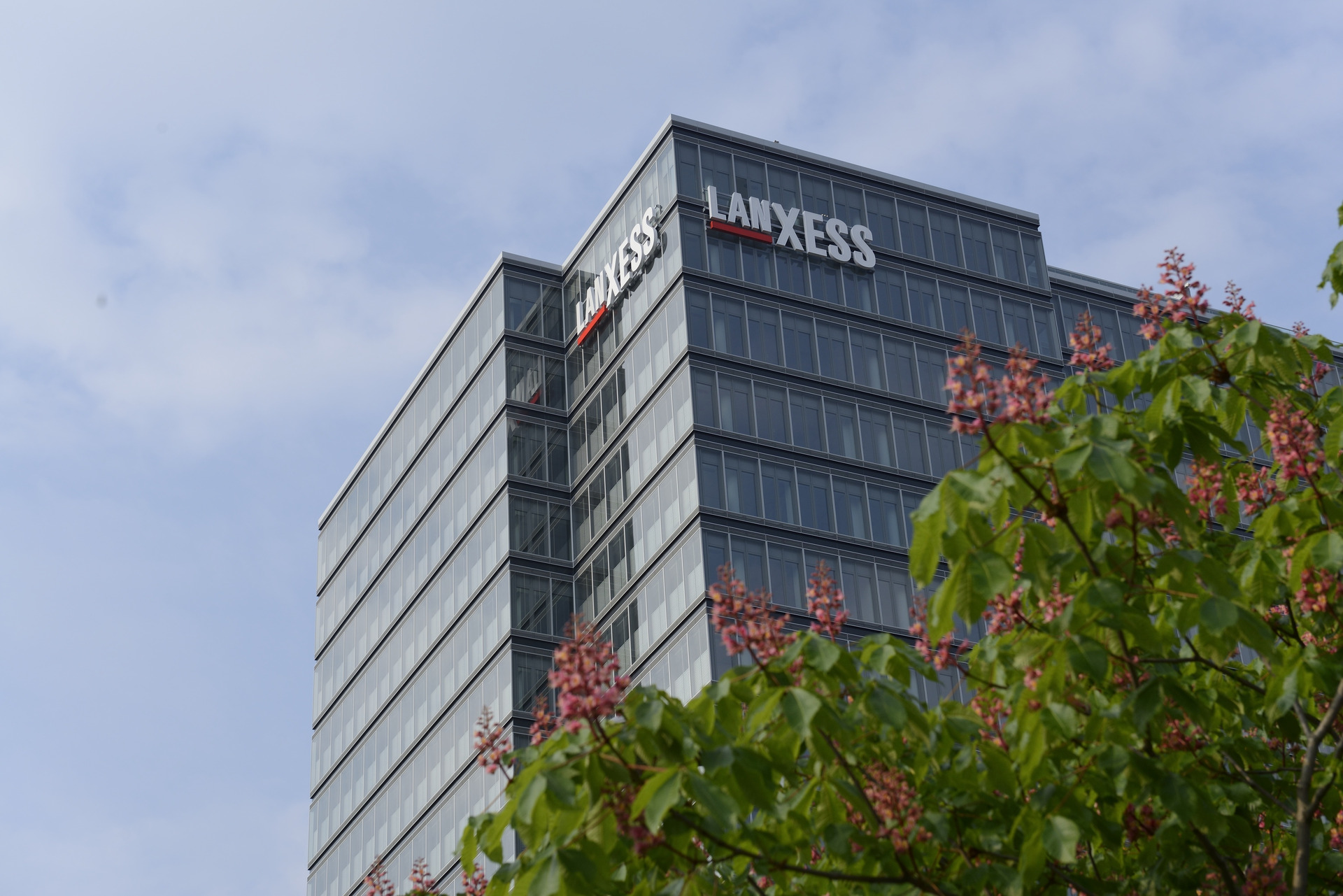LANXESS at the VDI “Plastics in Automotive Engineering” congress
- Climate neutrality targeted by 2040
- Material and technology solutions for charging infrastructure and driver assistance systems
- Resource-conserving recycled materials
- Lightweight solutions for vehicle batteries
LANXESS will be focusing its appearance at the 2021 VDI “Plastics in Automotive Engineering” (PIAE) congress in Mannheim on material and technology solutions for climate protection, the circular economy and lightweight design. The specialty chemicals company is aiming to become climate-neutral by 2040 and to reduce its greenhouse gas emissions, which currently amount to 2.5 million metric tons of CO2, by 95 percent compared with the level at the company’s launch in 2004. The High Performance Materials (HPM) business unit is making a key contribution to that with its nitrous oxide reduction unit, which was recently brought on stream at the production site for polyamide 6 in Antwerp. “We will reduce annual emissions of CO2 equivalents by a further 300,000 metric tons from 2023 onwards by investing in an additional plant to reduce nitrous oxide and optimizing our processes,” says Dr. Guenter Margraf, Head of Global Product Management at HPM.
New design for charging inlets
LANXESS sees a wealth of opportunities to use its Durethan-branded polyamides and polyesters from the Pocan product range not only in powertrains of electric vehicles, but also in charging infrastructure. Potential applications include components for charging plugs, sockets and stations as well as structural and cover elements in home charging stations, known as wallboxes. A wide range of dimensionally stable, flame-retardant, tracking-resistant and mechanically strong materials has been developed for components such as these. A modular charging inlet design concept developed by HPM shows what possibilities these compounds open up. “With a tailor-made material mix, we get the right material in the right place. At the same time, a high level of functional integration makes it easy to assemble the entire unit without any screws and using a minimal number of components, which keeps costs low,” says Margraf.
New design for radar sensors
Polyamides and polyesters are also good construction materials for assemblies that form part of driver assistance systems, such as radar sensors. For the latter, HPM has developed a design that allows heat to be dissipated by means of thermally conductive plastics in combination with metallic cooling elements. The sensor components are assembled using integrated snap fits and hot rivets, a process that is much less costly and time-consuming than using screws. Compared with previous methods of building radar sensors, the concept affords a greater degree of freedom in the selection of materials and facilitates the use of tailor-made compounds.
Polyamide with fibers from waste glass
The Durethan ECO polyamide 6 compounds with recycled fiber content of 30%, 35% and 60% by weight are another topic that will be receiving a lot of attention on the LANXESS stand at the PIAE congress. The recycled fibers are made from post-industrial waste glass. Ecocycle, an inspection company, has examined the recycled material content and the long-term use of the waste stream using the mass balance method and awarded an ecoloop certificate in accordance with ISO 14021:2016. The mass-balanced waste glass recycling is also certified according to ISCC-Plus (“International Sustainability and Carbon Certification”), a globally recognized system for sustainability certification. “We want to place more and more of our compounds on a sustainable footing in order to reduce our dependence on the consumption of finite resources and improve our carbon footprint,” explains Margraf. In Mannheim, HPM will present other new Durethan ECO variants as well as the first Pocan Eco product, which also contains recycled glass fibers.
Composite materials for lightweight electric vehicles
The expertise of LANXESS in lightweight design is illustrated by an E/E component carrier for the battery system of an electric vehicle, for example. The carrier boasts a high degree of dynamic strength and rigidity combined with a low weight thanks to the Tepex continuous-fiber-reinforced thermoplastic composites. “Production using the hybrid molding process in a cost-effective process results in a highly integrated structural component that reliably meets the exacting mechanical safety requirements applicable to the battery,” explains Thomas Malek, expert in lightweight design at HPM. The good flame retardant properties of Tepex are also advantageous in battery systems. Functionally integrated flat components in particular can be made from Tepex efficiently, yielding lightweight products that also exhibit high mechanical performance.
Hollow-profile hybrid technology to be launched on the market
The PIAE congress will also see HPM present innovations regarding hollow-profile hybrid technology that allows the functionalization of metallic hollow profiles with injection molding compounds. Advantageous properties of the resulting lightweight components include far greater torsional stiffness and strength than components produced using the “traditional” plastic-metal hybrid technology with sheet metal. “In optimizing our technology, we have made a great step forward. For example, the profiles no longer have to be supported against the high pressures of the molten plastic on the inside,” says Dr. Matthias Theunissen, expert in lightweight design at HPM. “The second phase of the market launch for our new lightweight technology has now begun. We are already working on several customer projects, which are at the prototype stage.”
The VDI Plastics in Automotive Engineering congress will take place on September 8 and 9, 2021, at the Congress Center Rosengarten in Mannheim, Germany.
You can find more detailed information about the products and technologies from LANXESS for the field of New Mobility at https://lanxess.com/en/Products-and-Solutions/Focus-Topics/E-Mobility.
Information for editors:
All global LANXESS news releases and their accompanying photos can be found at http://press.lanxess.com.
Recent photos of the Board of Management and other LANXESS image material are available at http://photos.lanxess.com.

